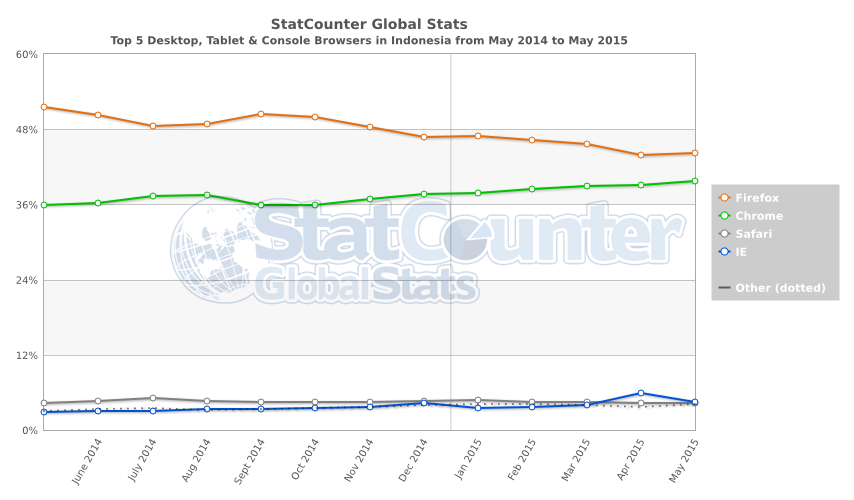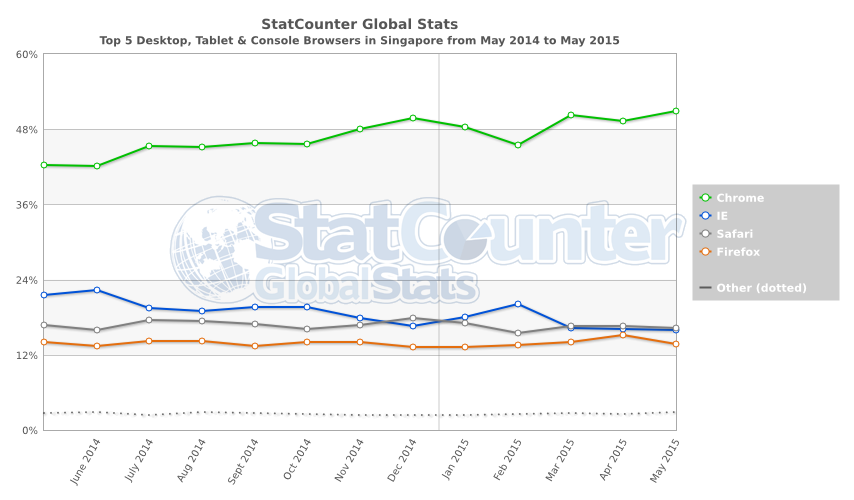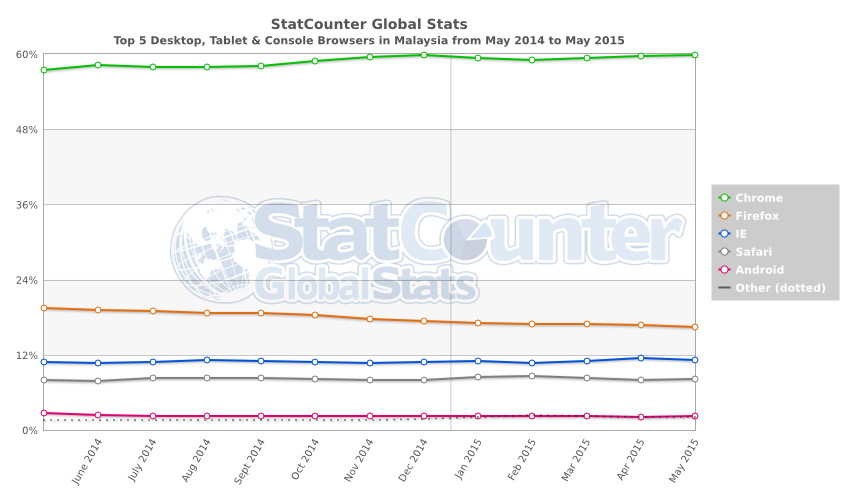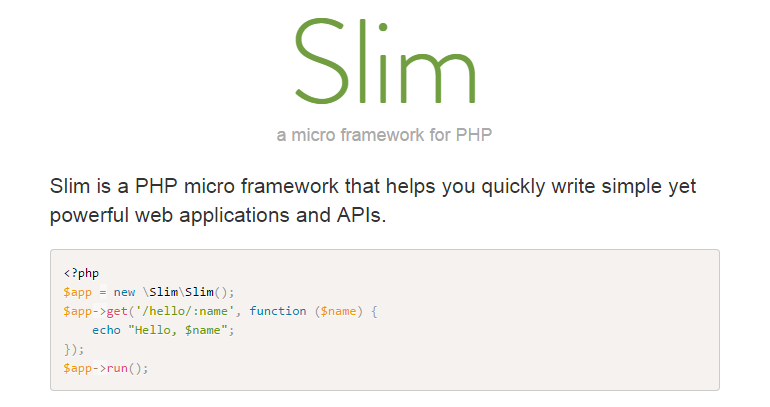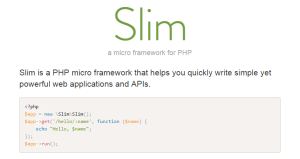For years Internet Explorer has been regarded as the sore spot in Web Design and Development. Creating a separate css files and putting hacky css lines for IE were and somewhat are still necessary chores. We all hate it, but we have to do it in the name of maximizing pixel-perfect design coverage. The situation has improved with IE 10 and above, but a significant portion of people still use IE 9 or below.
As I really hate to repeat things, especially remaking css just for IE, I started to wonder how much coverage would actually be sacrificed by not caring about IE users at all. My understanding from reading reputable publications on Web Design such as www.smashingmagazine.com, is that the number of IE users are quite sizable and impossible to ignore. However, I realized that most of those publications are basing their assumptions on the US and the world in average.
Me and my team are focused on developing for the Indonesian market. I was pleasantly surprised about the actual figures of Web Browser market share in Indonesia. Here’s the graph:
It was a bittersweet discovery. I had spent quite a significant amount of time on customizing our websites to work on IE, yet the percentage of IE users in Indonesia is negligible at a meager 3 percent. Not to mention that among those 3 percent some might have used a more standard IE 10 or above.
It is interesting to note that Indonesia is perhaps the only country in Southeast Asia that has a very low rate of IE usage. Here’s the graph for Singapore:
As a comparison, this is the graph of Web Browser market share in Malaysia:
The reason for this peculiar situation is perhaps the late diffusion of technology. It is quite common for Indonesia to skip intermediate technology and directly jump to a more advanced technology. For instance, the adoption for personal computer was quite slow in Indonesia, but people are directly jumping into purchasing mobile devices. Whatever the reasons are, if we are developing websites for the Indonesian market, we ought to be happy. Delete your ie8style.css, unrecognizable hacks, and create beautiful websites. You are welcome.

